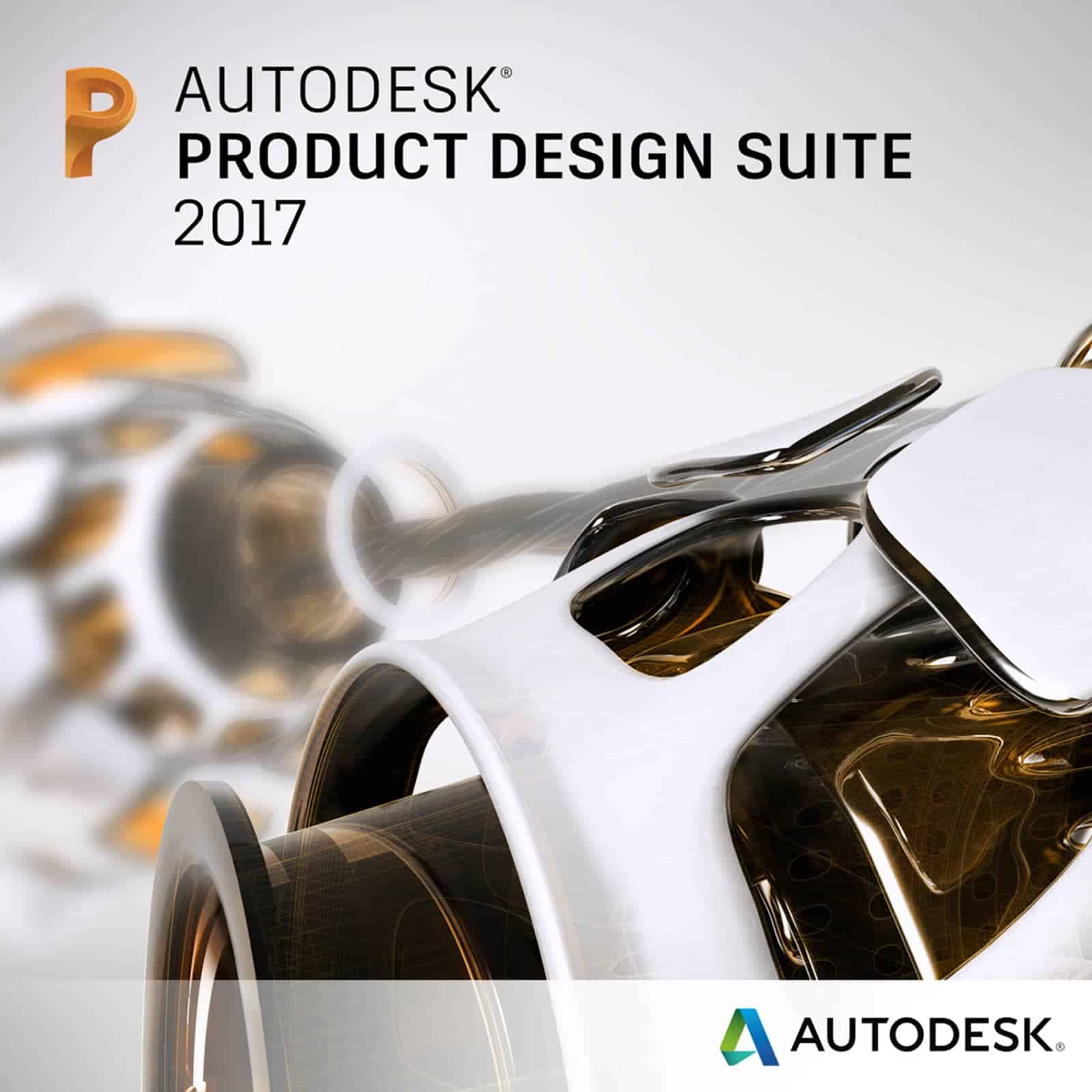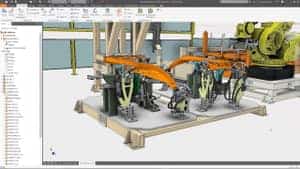
If you're a professional or a student in the fields of product design and development, you understand the importance of having the right tools for the job. One of these tools, of course, is Autodesk's Product Design Suite, a comprehensive software package that includes 3D design, simulation, and visualization tools. But finding the best laptop for Autodesk Product Design Suite can be a daunting task, considering the variety of laptops on the market and the demanding technical requirements of Autodesk's software.
In my experience, using Autodesk applications requires a laptop with a powerful processor, ample RAM, a high-quality display, and a capable graphics card. The best laptop for Autodesk Product Design Suite would not only have these features but also offer excellent build quality and heat management to ensure longevity and consistent performance during long design sessions.
In my laptop selection process, I review an extensive spreadsheet of the latest laptop releases, comparing both professional and user-generated reviews and specs. After narrowing down the top laptops based on Autodesk-specific requirements and various price ranges, I'm then able to provide a tailored guide to assist you in your quest. This is no small task given Autodesk's extensive suite, which includes powerhouses like AutoCAD, Inventor, and 3ds Max, each with their own set of demands. Nevertheless, by focusing on the needs of Autodesk users, from the student learning the ropes on Fusion 360 to the seasoned professional rendering complex assemblies in Inventor, this guide will help you find the laptop that fits your needs perfectly.
Unleash the Power: Choosing the Right Processor
Brief Market Overview
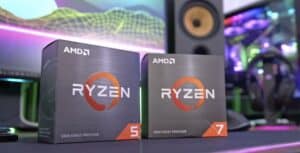
When it comes to choosing the right laptop processor for Autodesk Product Design Suite, there are several options available in the market today. Apple's MacBooks with ARM-based M1, M2, M2 Pro, and M2 Max chips have gained popularity due to their exceptional single-core performance and impressive battery life. AMD has also made significant strides, capturing 20% of the laptop CPU market with its 6th and 7th-generation Ryzen processors. On the other hand, Intel's 13th-generation Core processors have been released, but their 12th-generation Core CPUs still offer great value.
How has the processor market evolved in the past few years?
With the introduction of ARM-based chips in MacBooks, there has been a shift towards a hybrid performance/efficiency core design, similar to the big.LITTLE architecture. While Apple's chips have excelled in keeping power consumption low, Intel's chips have struggled in this aspect. Ryzen models, on the other hand, offer excellent battery life for PC laptops.
Does a fast CPU matter if you're not pushing your limits?
When it comes to Autodesk Product Design Suite, a fast CPU can significantly improve performance, especially when working with complex 3D models and rendering. However, if you're not pushing the limits of your designs or working with large assemblies, even a mid-range processor will provide satisfactory performance for most tasks.
Which processors are best suited for 3D modeling and why?
Autodesk Product Design Suite is well-optimized for multi-core processors. Therefore, having a higher core count can significantly speed up tasks such as rendering and simulation. Additionally, higher clock speeds and single-core performance can improve overall responsiveness and fluidity when navigating your designs.
Recommended Processors by Price Bracket
Here is a list of recommended processors for Autodesk Product Design Suite laptops, categorized by price bracket:
| Price Bracket | Recommended Processor |
|---|---|
| Minimum | Intel Core i5-11320H |
| Recommended | AMD Ryzen 5 5600U |
| High-end | Intel Core i5-12450H |
These recommendations are based on my personal experience and reviews of various laptops. However, keep in mind that different laptops may have different thermal and power limitations, so it's essential to consider the overall laptop design and cooling solution as well.
Remember, if you're on a budget, opting for a budget CPU might be necessary, but you may have to make sacrifices in other areas such as RAM, storage space, or display quality. If the CPU performance is not your primary concern, this can be a viable option.
In conclusion, when deciding on the right laptop processor for Autodesk Product Design Suite, consider the performance requirements of your specific tasks, your budget, and the overall laptop design. With the right processor, you can enjoy a seamless and efficient experience while working on your designs.
Unleash Your Creativity with a Powerful Graphics Card!
What has changed in the graphics market?

In the world of laptop GPUs, Nvidia continues to dominate the market. With the recent release of their RTX 40 series cards, Nvidia is pushing the boundaries of performance even further. However, the RTX 30 series cards still hold a significant share of the current notebook GPU market. One notable change is that Nvidia has discontinued the Max-Q label for its RTX graphics cards. Instead, laptop manufacturers now determine the exact GPU wattage. This has resulted in a wide variance in graphics performance even among laptops with the same GPU chipset.
Is a dedicated GPU necessary for 3D modeling?
If you're considering a MacBook, you can skip this section as Apple's integrated graphics are typically sufficient for design software. However, if you're working with 3D modeling software, a dedicated GPU is essential. 3D rendering is one of the most demanding applications in the design industry, and a dedicated GPU will greatly improve your workflow and overall productivity.
Are there any other applications where a GPU is beneficial?
While a dedicated GPU is crucial for 3D modeling, there are other design applications that can benefit from GPU acceleration. Video editing, visual effects, and CAD software can all benefit from the extra processing power and enhanced graphics capabilities that a dedicated GPU provides. If you frequently work with these applications, investing in a laptop with a powerful GPU is highly recommended.
How to know if a graphics card is fast and how to compare GPUs when there are multiple benchmarks?
When evaluating the performance of a graphics card, it's essential to look beyond the marketing hype and delve into objective benchmarks. One of the most popular benchmarks for comparing GPUs is 3DMark. It tests the entire system, including the CPU, giving you a comprehensive performance overview. Additionally, Cinebench R20 is a good option for a more comprehensive test focused on CPU performance.
Comparing GPUs can be a bit tricky when different benchmarks are used. However, it's important to consider multiple benchmarks to get a well-rounded view of a graphics card's capabilities. Look for consistent results across different benchmarks to gauge the real-world performance of a specific GPU.
Table of recommended GPUs for various budgets
| Budget | Recommended GPU |
|---|---|
| Minimum | GeForce RTX 3050 |
| Recommended | GeForce RTX 3060 |
| High-end | GeForce RTX 2080 SUPER |
For those on a tight budget, the GeForce RTX 3050 offers a solid performance level at an affordable price. If you're looking for a balance between performance and price, the GeForce RTX 3060 is a great choice. And for those who require top-of-the-line performance and have the budget for it, the GeForce RTX 2080 SUPER will deliver the power you need for demanding 3D modeling tasks.
Remember, these recommendations are based on current market trends and may change as new GPUs are released. Always do your research and consider your specific needs before making a purchase.
In conclusion, choosing the right graphics card for your Autodesk Product Design Suite laptop is crucial for maximizing your productivity and ensuring smooth operation with demanding design software. By understanding the current state of the graphics market, evaluating the need for a dedicated GPU, considering other applications that benefit from GPU acceleration, and comparing GPUs using multiple benchmarks, you'll be well-equipped to make an informed decision.
Powering Up: The Importance of RAM for Autodesk Product Design Suite
What's new in the world of RAM?
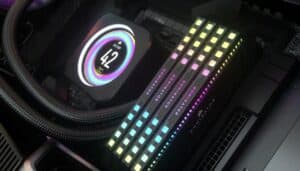
RAM (Random Access Memory) is an essential component of any computer system, and it plays a crucial role in determining how smoothly and efficiently your software applications run. With the latest-generation Intel and AMD CPUs, we now have support for both DDR4 and DDR5 RAM. However, it's important to note that DDR5 is still relatively new and expensive, and it will take some time for it to mature as a technology.
How much memory do you need for CAD?
If you're looking for a laptop to handle Autodesk Product Design Suite or any other CAD (Computer-Aided Design) software, you'll need a sufficient amount of RAM to ensure a smooth and responsive experience. For most users, 16 GB of RAM is the minimum requirement to consider. This amount of memory will be suitable for everyday tasks and smaller design projects.
Why DDR4 is a must for high-end workstations
For high-end workstations or if you plan to work with larger files and complex designs, it's recommended to opt for 32 GB of RAM or even more if your budget allows. This will ensure that your laptop can handle more intensive tasks without slowing down.
While DDR5 RAM offers potential performance improvements, it is still quite expensive and not widely adopted at the moment. Therefore, for most users, DDR4 RAM is currently the best choice when it comes to high-end workstations.
Other specs to keep an eye on
When selecting RAM for your laptop, it's also worth considering other factors such as latency and CAS latency (CL). Lower latency numbers generally indicate faster performance, so aim for lower latency if possible.
What to expect at various price points
The amount of memory in a laptop will depend on how much you can afford to spend and how much you're willing to compromise on other aspects such as battery life. Here's a breakdown of what to expect at various price points:
-
Minimum: At the minimum price point, you can expect laptops with 16 GB of RAM. This should be sufficient for most users, especially if you're working on smaller design projects.
-
Recommended: In the mid-range price point, you can find laptops with 32 GB of RAM. This amount of memory will provide a smooth experience for most CAD applications and allow you to handle more demanding projects.
-
High-end: If you're looking for the ultimate performance and have a higher budget, you can find laptops with 64 GB of RAM or more. This amount of memory is ideal for handling large files, complex designs, and running multiple resource-intensive applications simultaneously.
Remember, while having more RAM can improve performance, it's important to consider the overall system specifications, such as the CPU and GPU, to ensure a well-balanced and powerful laptop for your specific needs.
With these recommendations in mind, you can confidently choose the right laptop RAM for Autodesk Product Design Suite and enjoy a smooth and efficient CAD experience. Happy designing!
5 Best Laptops for Autodesk Product Design Suite
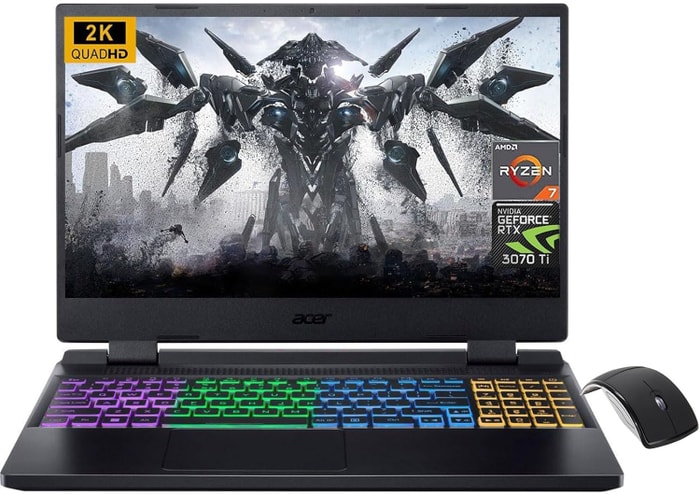 $680
$6801.acer Nitro 5
Autodesk Product Design Suite laptop- One of most affordable laptops with an AMD Ryzen 7 processor
- Mighty 1TB SSD
- No IPS Panel (worse viewing angles)
Alternatives
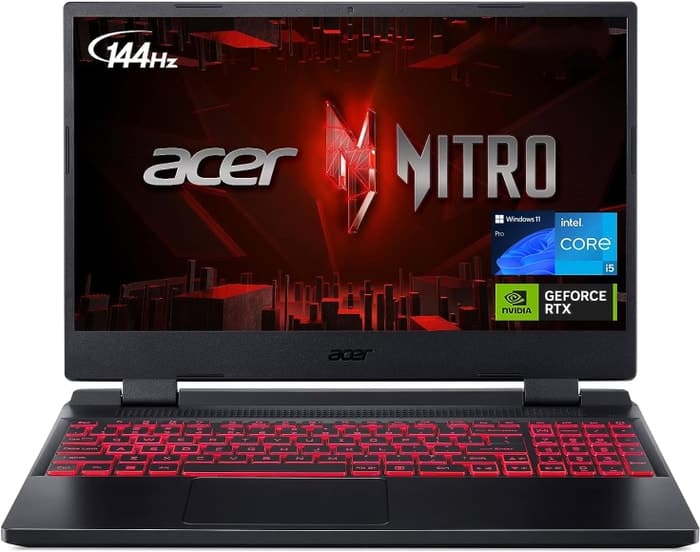
Acer Nitro 5
- Low price
- Steady mainstream gaming performance with 12th Gen CPU and GeForce RTX 3050 Ti
- Core i5 CPU and 512GB of storage are somewhat limited for gaming
- Middling build quality

2.ASUS TUF Dash F15
ASUS TUF Dash F15: A balanced performer for budget-conscious shoppers.- Lightweight and well-built design
- Good inputoutput options
- Competitive pricing
- Significantly more powerful than the previous generation
- Quirks affecting everyday ergonomics
- Ports squeezed together on the left edge
- Potential issues with the FHD 144Hz panel option
Summary
The ASUS TUF Dash F15 is an affordable and powerful laptop option in the all-purpose/gaming category. It offers a lightweight and well-built design, good input/output options, and competitive pricing. However, potential buyers should be cautious of the FHD 144Hz screen option and opt for the FHD 300Hz display if available.
Reviews
Alternatives
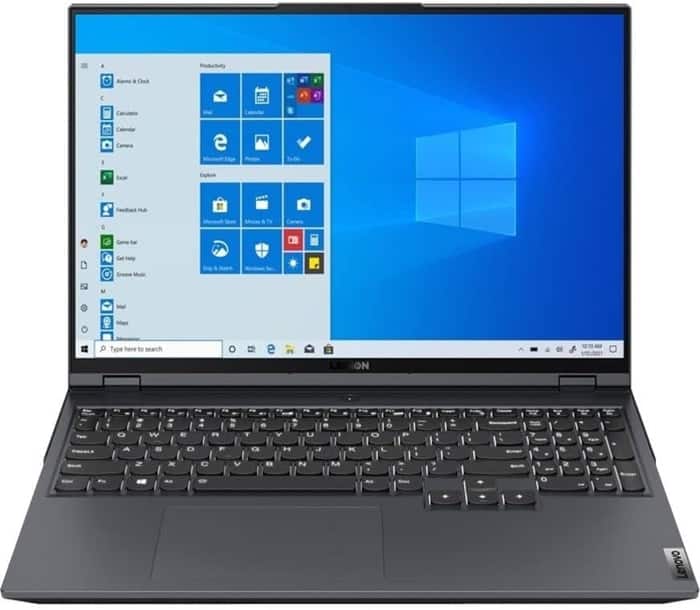
Lenovo Legion 5i Pro 16
- Stylish, sleek form factor
- Gorgeous display
- Webcam quality is poor
- No biometrics
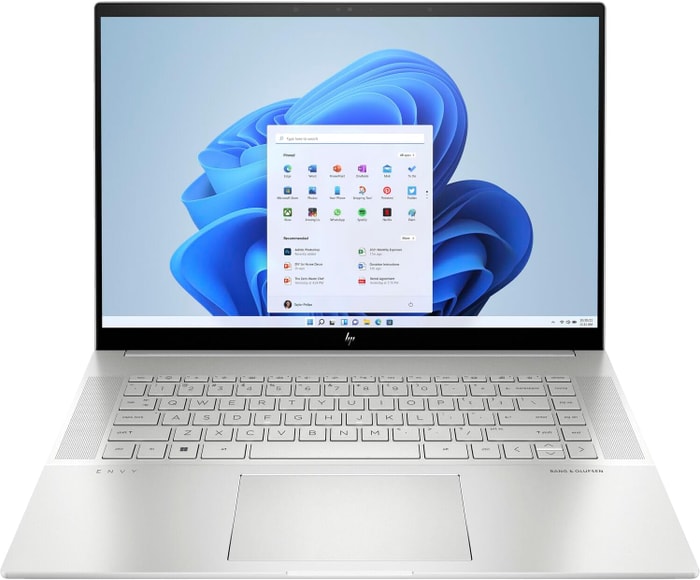 $1,800
$1,8003.HP Envy 16
HP Envy 16: A powerful desktop replacement with high-end features, but with some drawbacks.- Plenty of CPU and GPU power
- New 120Hz screen refresh rate
- High-res webcam
- Sleek design
- Merely adequate base screen
- Optional OLED has fewer pixels than before
- Bulky and heavy
Summary
The HP Envy 16 is a heavyweight laptop with plenty of CPU and GPU power, making it a great choice for creative applications and light gaming. It also features a high-res webcam and a sleek design. However, it has a merely adequate base screen, the optional OLED has fewer pixels than before, and it is bulky and heavy.
Reviews
Alternatives
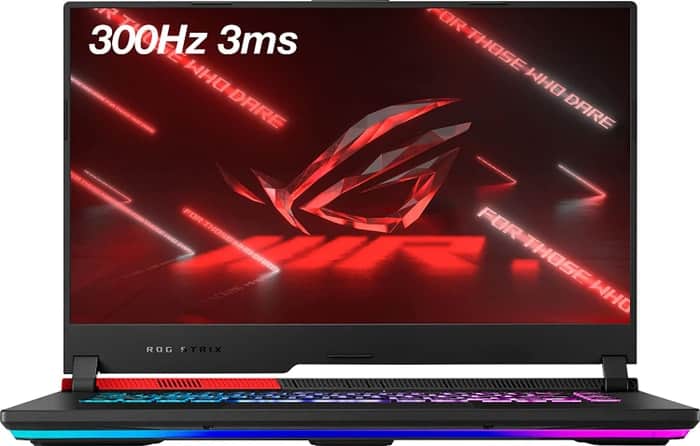
ASUS ROG Strix G15
- Impressive CPU and GPU performance
- High-quality construction and design
- Limited connectivity options
- Potential for coil whine in certain situations
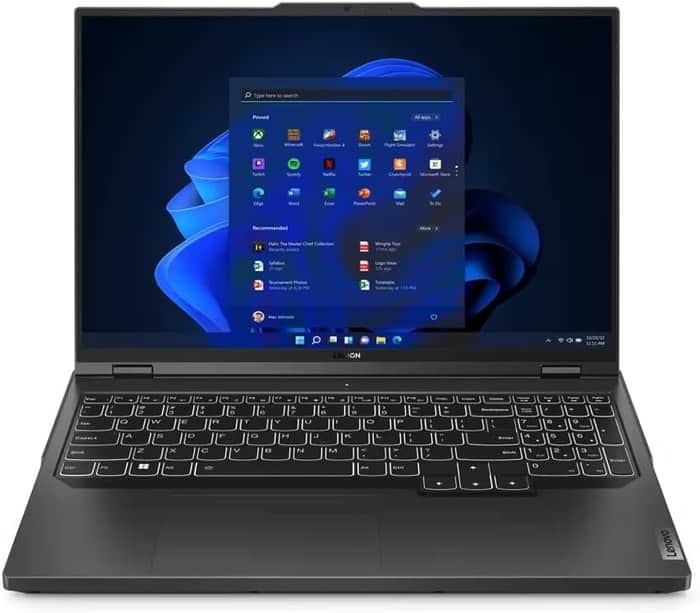
4.Lenovo Legion Pro 5
Lenovo Legion Pro 5 offers good value for the price, but has some thermal issues and lackluster speakers.- Good build quality and design
- Good screen and IO
- Competitively priced
- Hotspots under sustained loads
- Limited battery life
- Poor speakers
Summary
The Lenovo Legion Pro 5 is a well-built mid-tier laptop with a good screen and plenty of performance. However, it does have some hotspots under sustained loads, limited battery life, and subpar speakers.
Reviews
Alternatives
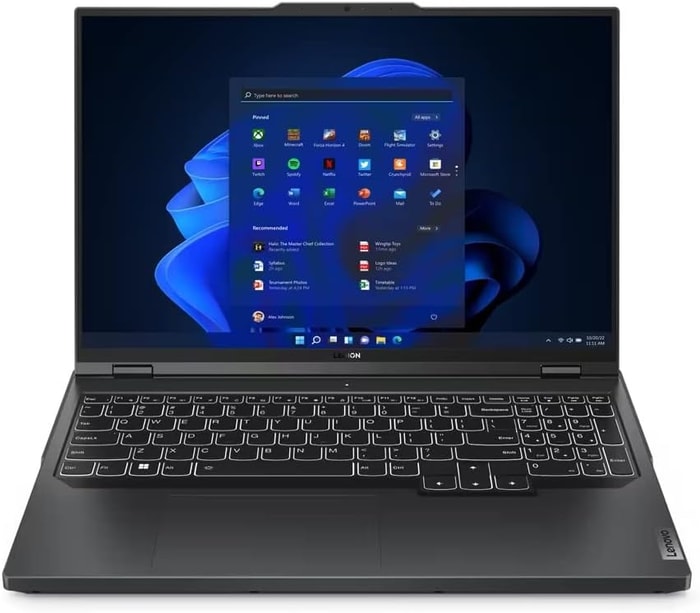 $2,840
$2,840Lenovo Legion Pro 5
- Strong performance for the price
- Quality build and port selection
- Display quality and battery life are just decent
- Bulky and heavy

5.Lenovo Legion Pro 7i 16
Lenovo Legion Pro 7i 16: Powerful Performance in a Sleek Design.- Strong overall performance
- Big, bright, and fast display
- Per-key RGB lighting
- Some flex to keyboard deck
- Poor battery life
Summary
The Lenovo Legion Pro 7i 16 impresses with its powerful i9-13900HX processor and RTX 4090 graphics card, delivering exceptional performance at a lower price point compared to its rivals. It offers a sleek design that hides its gaming capabilities, making it an appealing choice for long-term investment in the gaming laptop world.
Alternatives
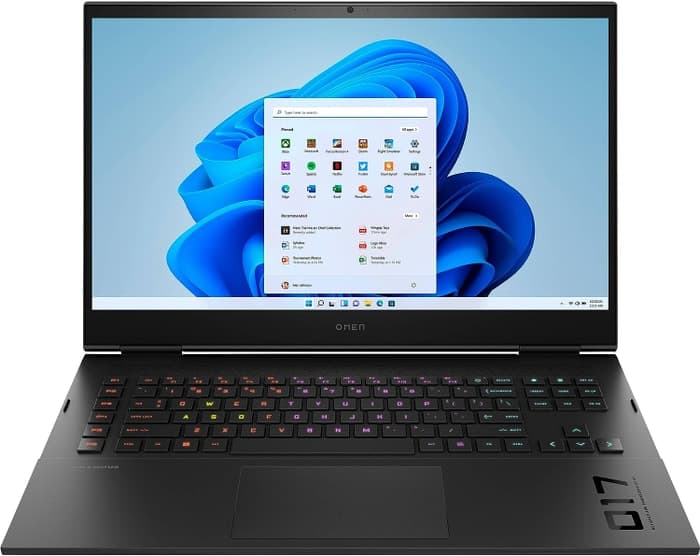
HP Omen
- Slim and portable build for a 16-inch laptop
- Midrange gaming performance at a reasonable price
- All-AMD configuration lags behind Intel and Nvidia competitors
- Unimpressive 144Hz refresh rate and full HD resolution
Table of the Best Laptops for Autodesk Product Design Suite
| Laptop | Price (approx) |
| acer Nitro 5 | $680 |
| ASUS TUF Dash F15 | $1,160 |
| HP Envy 16 | $1,800 |
| Lenovo Legion Pro 5 | $2,630 |
| Lenovo Legion Pro 7i 16 | $3,390 |

